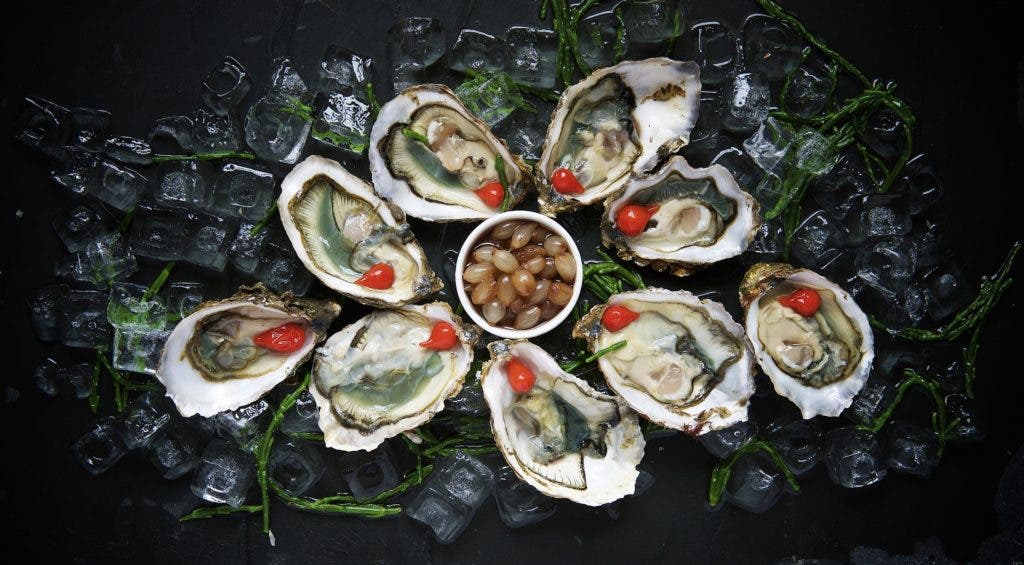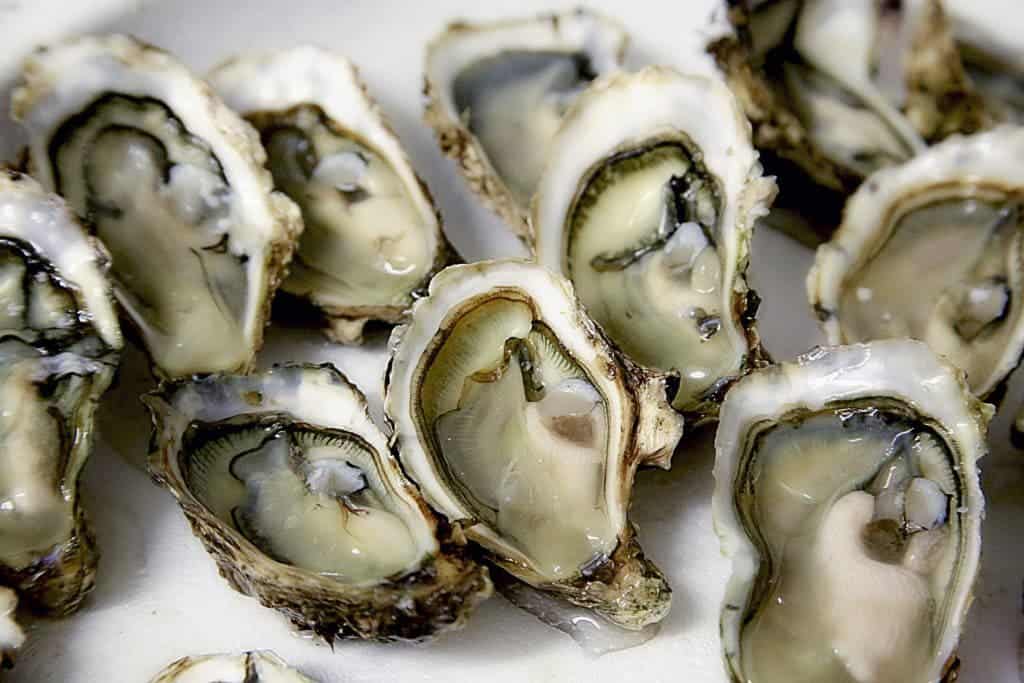
Oysters — you either hate them or love them. Slimy, but delicious, oysters are considered a delicacy and are served everywhere from tiny seaside shops to Michelin starred restaurants. There’s more to oysters than a meal, though. Saltwater clams and mollusks are key to ecosystem equilibrium and help clean the oceans.
Here are just a couple of amazing facts about oysters you can use to impress your friends next time you’re out for dinner.
Oysters can change their sex
They are born with sexual organs that enable them to produce both sperm and eggs. At one time, an oyster can only produce either sperm or eggs but they have the ability to switch genders if the situation requires it.
A single oyster can filter 50 gallons of water every day, and a healthy one-acre reef filters around 24 million gallons
Oysters have gills which they use to draw in water. With the water, however, the oyster also draws in plankton and particles, trapping them in the mucus of the gill. The plankton and other water-borne particles are then transported to the mouth. So while it feeds, an oyster removes excess sediments and algae from the water, doing everyone a huge favor in the process.
They hold back huge waves
When oysters band together in reefs, they form a natural barrier against storm waves and sea level rise. When a wave hits, the reef can absorb as much as 93 percent of its energy. For us humans, that means less property damage at the hand of erosion or flooding. In fact, some are considering breeding oyster reefs to substitute manmade rip-rap or bulkheads, thus potentially saving hundreds of millions of dollars.
In captivity, an oyster can live up to 20 years
Oysters are capable of spawning within their first year of life, and they reach prime spawning size by the time they are three years old. An oyster uses environmental cues to begin the ripening process in the early spring. These cues usually involve warmer waters, preferably between 20°C and 30°C (74°F to 86°F) and at salinity above 10 parts per thousand.
When oysters spawn in the spring they’re also the least tasty so that might be something worth remembering.
Oysters come in countless varieties but there are only five species found in North American waters
These are the Pacific oyster (Crassostrea gigas), Kumamoto oyster, European flat oyster, American (i.e., Eastern) oyster, and the Olympia oyster. You can more or less easily set them apart by the shape of their shells. For instance, the American oyster has a comma-shaped shell while the Olympians have a round, pale shell with a lustrous coloring.

We’ve been eating them for thousands of years
The first person who ate oysters must have been very hungry. Not only did these pioneers have to go through the daunting task of opening their thick, rock-hard shell, they also had to make an appetite in spite of the phlegmatic appearance of the plump body.
Raw or cooked, humans have been preparing and tendering oysters for thousands of years, at least since the times of the Roman Empire. The first recorded person to have farmed oysters is a Roman called Sergius Orata who, remarkably, built hydraulic and environmentally adapted systems to control water levels.
It’s not so much the species, but the location that gives oysters their flavor
American oysters are the same species but they come in many flavors. As outlined above, the oyster filters a lot of water and in doing so they develop a flavor profile based on the quality of the nutrients, as well as the water itself. Oysters are what they eat.
These flavors are so varied that oysters can be compared to wine
The flavor of oysters can be described as briny, buttery, sweet, metallic and mild. Some experts can be even more granular breaking the flavors even further; you might see oysters described as melon, cucumber or mushroom in flavor, similarly to how wines are typically described.
Oysters are a great source of nutrients and vitamins
These include zinc, calcium, magnesium, protein, selenium, and vitamin A, but also high levels of vitamin B12, iron and monounsaturated fat (like in olive oil). There’s no evidence that suggests that oysters are an aphrodisiac, however. This is a common misconception.

They have colorless blood
That’s right, an oyster’s three hearts pump colorless blood called hemolymph. Their kidneys, which clean impurities from their blood, are also clear.
The oysters you eat don’t make pearls
The pearl-producing kind belongs to Pterioida while the oysters you order from a menu are Ostreid. Pearl oysters produce their jewels as a result of irritants such as sand getting inside the shell. As a defense mechanism, the oyster covers the grains of sand in nacre, or mother-of-pearl, the substance that forms the inside lining of the shell. Pearls eventually form over the years, as more and more layers are added. The resulting shape and color depend on the grain of sand and on the pigment in the nacre.
Most pearls found in jewelry are from clams and mussels – not oysters.
Manhattan’s oldest street, Pearl Street, is named so because it was covered with crushed oyster shells
In the 17th century, the shore of what we call today New York City was covered in oyster beds, much to the delight of the native Lenape Indians. Even much later after New York expanded considerably, in the 19th century, oysters were so plentiful that raw oysters could be purchased from the street vendors.
You should know — we’re running out of oysters
Surveys show the Chesapeake Bay is losing 2,600 acres of oyster beds each year from runoff and silt. Elsewhere, on the Pacific coast, invasive species of crabs and snails are destroying native oyster beds. Contributing to the demise of oyster beds all over the world is also global warming which raises the acidity of the ocean and makes it difficult for oysters to survive.
Oyster populations, as well as the ecosystem services they are providing, are heavily declining.


